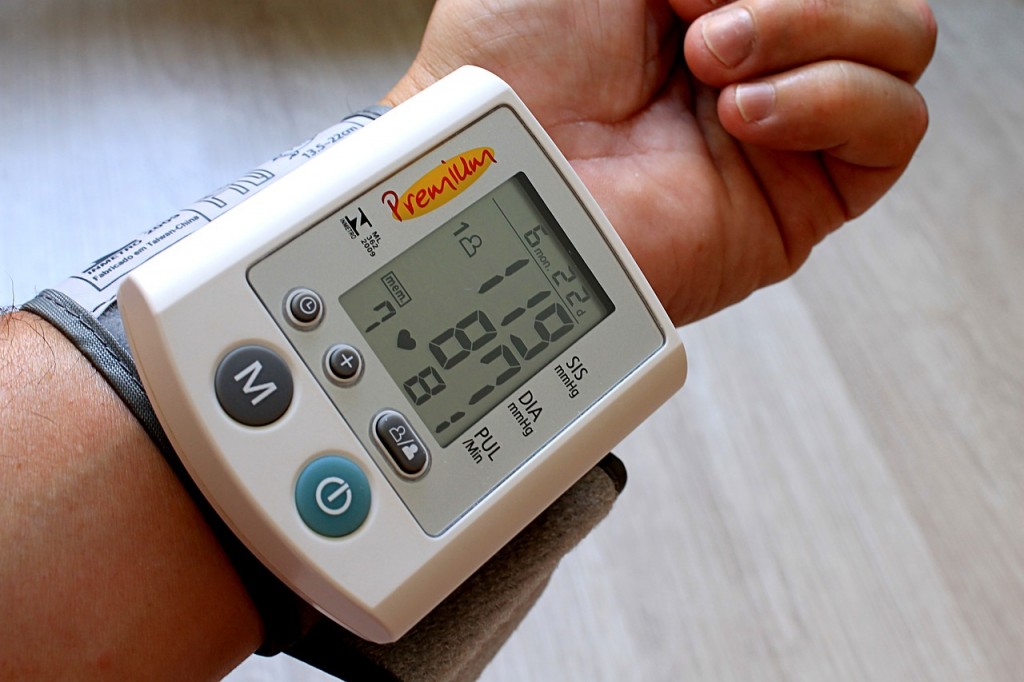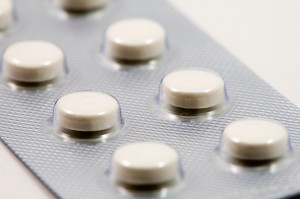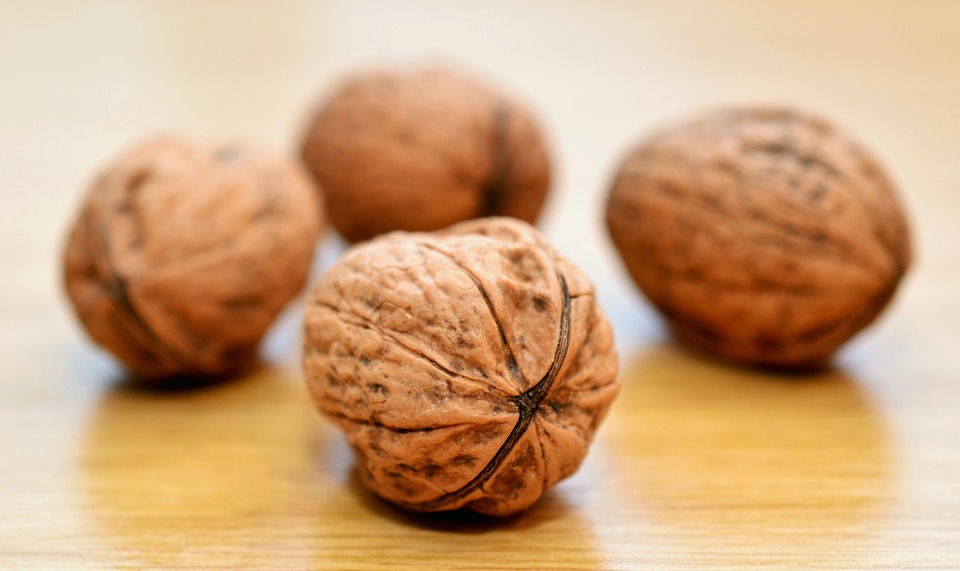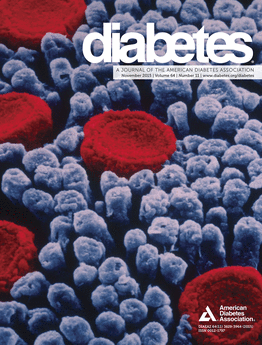August 2006 - Researchers at Harvard Medical School and Massachusetts General Hospital have identified how a molecular switch regulates fat and cholesterol production, a step that may help advance treatments for metabolic syndrome, the constellation of diseases that includes high cholesterol, obesity, type II diabetes, and high blood pressure. The study is now published in the online version of the scientific journal Nature and will appear in the August 10th print edition.
"We have identified a key protein that acts together with a family of molecular switches to turn on cholesterol and fat (or lipid) production," says principal investigator Anders N��r, PhD, assistant professor of cell biology at Harvard Medical School and the Massachusetts General Hospital Cancer Center. "The identification of this protein interaction and the nature of the molecular interface may one day allow us to pursue a more comprehensive approach to the treatment of metabolic syndrome."
High levels of cholesterol and lipids are linked to a number of interrelated medical conditions and diseases, including obesity, type II diabetes, fatty liver, and high blood pressure. This set of conditions and diseases, known as metabolic syndrome, are afflicting a rapidly increasing portion of society and serve as a major risk factor for heart disease, the leading cause of death in the developed world.
Treatments for diseases associated with metabolic syndrome have focused primarily on individual elements, such as high LDL-cholesterol (targeted by the cholesterol-lowering statin drugs). However, more effective ways to treat all of the components of metabolic syndrome are needed. One attractive approach might be to target the genetic switches that promote cholesterol and lipid synthesis, but it would require a detailed understanding of the regulatory mechanisms before drug targets can be identified.
After eating a meal, a family of proteins act as switches to turn on cholesterol and fat (or lipid) production. This family of proteins is known as SREBPs, or sterol regulatory element binding proteins. Between meals, the production of cholesterol and lipids should be turned off, however, excess intake of foods, coupled with lack of exercise, appear to disturb the normal checks and balances that control SREBPs, resulting in overproduction of cholesterol and lipids.
Continue Reading Below ↓↓↓
In the Nature paper, the HMS and MGH Cancer Center team has shown that a protein called ARC105, which binds to SREBPs, is essential in controlling the activity of the SREBP family of proteins. "ARC105 represents a lynchpin for SREBPs control of cholesterol and lipid biosynthesis genes, which may provide a potential molecular Achilles heel that could be targeted by drugs" says Dr. N��r.
The researchers initially found that after removing ARC105 from human cells by a process called RNAi, SREBPs were no longer able to activate cholesterol and lipid biosynthesis genes. To validate these findings in a physiological setting, the researchers turned to the microscopic worm C. elegans, a favorite model organism among those studying evolutionarily conserved biological processes because of its rapid generation time and relative simplicity of genetics, and which had previously been used to study mechanisms of fat regulation.
Through a collaborative effort with the worm genetics group of Anne Hart, PhD, HMS associate professor of pathology at the MGH Cancer Center, the team demonstrated that the C. elegans homologues of SREBP and ARC105, known as SBP-1 and MDT-15, respectively, are necessary for production and storage of fat. The worms had regular fat production when SBP-1 and MDT-15 functioned normally, but when researchers used RNAi to knock out function of either SBP-1 or MDT-15, the worms lost their ability to properly store fat, lay eggs, and move normally.
"The striking effects of the RNAi knock downs in C. elegans suggest that the ARC105/SREBP pathway may play a key role in lipid production in humans," said Laurie Tompkins, PhD, of the National Institute of General Medical Sciences, which partially supported the research. "This work highlights the value of model organisms in helping us understand cellular processes that impact human health."
The research team also showed that removal of ARC105 in human cells by RNAi also negatively affects the same key SREBP target gene as identified in C. elegans. This suggests that the molecular switch is evolutionarily conserved (and therefore likely physiologically important).
Exhaustive biochemical detective work performed by the N��r group together with the group of Gerhard Wagner, PhD, HMS professor in the Department of Biological Chemistry and Molecular Pharmacology, identified exactly how SREBP and ARC105 interact. They found a flexible tail on the SREBP molecule that fits into a specific groove on a region of ARC105 called KIX.
The researchers analyzed the amino acid sequence of the ARC105 protein, testing many different sections using NMR spectroscopy to eventually find the KIX area--just one tenth the area of the larger ARC105 protein--that specifically binds to SREBP. This specific interaction between SREBP and ARC105 might be a target for small molecule drugs, according to Dr. Wagner.
"While RNAi completely knocks out a protein including its other functions, perhaps not related to fat metabolism, a small molecule is a more subtle tool that could eliminate one protein-to-protein interaction," says Dr. Wagner. Finding a molecule that attaches to and inhibits the flexible tail of SREBP is unlikely, but a search for inhibitors to fit the grooved KIX site looks much more promising.
The team is already initiating high-throughput screening at Harvard Medical School's Institute of Chemistry and Cell Biology to identify small molecule inhibitors of the KIX site.
"Of course there are numerous hurdles that would need to be overcome before finding specific and effective treatments based on these findings," says Dr. N��r. If small molecules that specifically interfere with the interaction of SREBPs and ARC105 could be identified, careful studies in human cells and in mice would be needed to verify the specificity and efficacy in repressing cholesterol and fat production. "Unforeseen side effects of such small molecules in mouse studies or in human clinical trials could also emerge, prohibiting further follow-up", cautions Dr. N��r.
Continue Reading Below ↓↓↓
The National Institutes of Health, the Damon Runyon Cancer Research Foundation, and the Milton Foundation of Harvard University supported the study.
Source: Harvard Medical School










